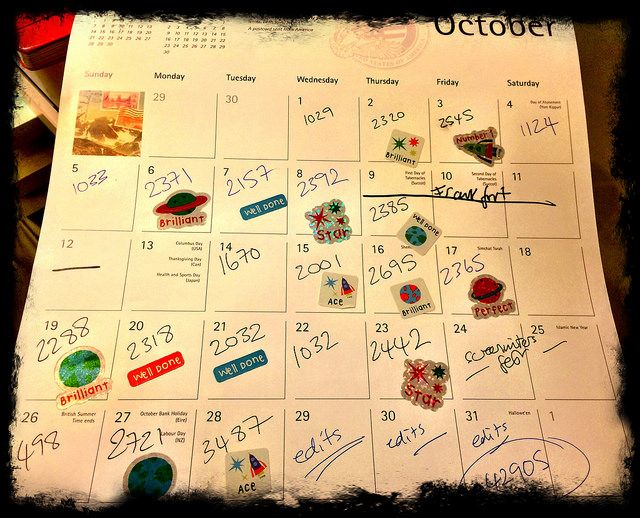[dt_button link=”http://d165vjqq8ey7jy.cloudfront.net/mp3/33256/se-8104s.mp3″ target_blank=”true” button_alignment=”default” animation=”fadeIn” size=”small” style=”default” bg_color_style=”custom” bg_color=”#333333″ bg_hover_color_style=”custom” bg_hover_color=”#444444″ text_color_style=”custom” text_color=”#ffffff” text_hover_color_style=”custom” text_hover_color=”#dddddd” icon=”fa fa-cloud-download” icon_align=”left”]Yuklash[/dt_button]
[dt_divider style=”thin” /]
Transcript:
Voice 1
Welcome to Spotlight. I’m Bruce Gulland.
Voice 2
And I’m Christy VanArragon. Spotlight uses a special English method of broadcasting. It is easier for people to understand, no matter where in the world they live.
Voice 1
Do you know a child who likes to say, “No!”? As any parent knows, children sometimes refuse to do what a parent tells them to do. It can be very difficult for parents.
Voice 2
Sometimes, children march around angrily, lie on the ground, or even hit. This is not much fun for parents or children. But there is tool that can help. Sticker charts are one way to praise, punish and teach children. And they help parents stay calm and in control. Today’s Spotlight is on sticker charts.
Voice 1
It is difficult to raise children. Even well-behaved children can cause problems. Parents want their children to grow into healthy, strong adults. But it is difficult to know the best way to do this. Parents may try punishing, shaming, shouting or hitting. But these methods teach children to deal with their problems using violence. However, one method that has worked for many people is a sticker chart.
Voice 2
A chart is any piece of paper with a series of squares. The squares are where parents will place the stickers. Stickers are pieces of paper that will attach, or stick, to other things. They come in many shapes and sizes. They can be shaped like animals, faces, stars, or something else the child enjoys. When a child does something good, the parent attaches a sticker to the square on the chart. And if a family cannot use stickers, they can write a special mark or picture in the chart. When the child has filled all the squares with stickers or marks, she receives a prize.
Voice 1
Here is how you use the sticker chart. Imagine a child leaves his toys where they do not belong. His parents want him to clean up at the end of the day. They tell their son that every time he cleans up his toys, they will put a sticker on the chart. They ask him what a good prize would be for filling the chart. He says, “I want to help cook a meal!” Everyone agrees this is a good prize.
Voice 2
They put the chart where the child can see it. Their son still sometimes forgets to put away his things. So his parents simply do not award a sticker for that day. But their son wants more stickers so he begins to put away his things more often. And when he fills his chart, he gets to help cook a meal. It is a fun event the whole family can enjoy.
Voice 1
Before creating a sticker chart, Child Psychologist Erin N. King says there are a few things to remember.
Voice 2
First, the goal should be stated positively. It is better to say, “John will keep his hands to himself.” than, “John will not hit other children.”
Voice 1
Second, think about how long the child must behave. It is difficult for a child to behave all day. If she makes a mistake in the morning, she will have no reason to behave for the rest of the day.
Voice 2
Finally, only concentrate on one or two behaviours at one time. Children are still learning how to control themselves. Too many goals can be too much to remember.
Voice 1
You must also consider the age and ability of each child. If a sticker chart is too complex, the child will not be able to understand it.
Voice 2
You may also let the child create the sticker chart, and choose the goals and prizes. This will help the child feel involved. It will increase the chance that the sticker chart will work to change behaviour.
Voice 1
Sticker charts have several advantages for parents. They do not require parents to shout at, hit, or shame the child. Those methods teach children to solve problems with violence. When parents have a bad day, they may be less able to deal with children than on a good day. But sticker charts help stop parents from letting how they feel influence how they treat their children.
Voice 2
And children like sticker charts too! Children need structure they can depend on. This makes them feel safe. Feeling safe is an important part of learning and growing. Sticker charts show children what parents expect of them. They also show progress. Children can see what they have done. They can follow along as they work toward a goal.
Voice 1
Sticker charts do not always work. Some children are too young. A good age to begin is around three years old. As children grow, both their goals and prizes need to grow too. A sticker chart will not work if the goals are too simple or the prizes too small.
Voice 2
Sticker charts also do not work unless parents also follow the rules. When a child does not earn a sticker, some parents will feel bad. They will still give her a sticker. This teaches her that her parents will give her what she wants even if she does not behave.
Voice 1
And finally, some children just do not seem to care about sticker charts. This can be difficult for parents – especially when one child reacts well to sticker charts and another child does not.
Voice 2
But sticker charts are not a perfect tool, even if people use them correctly. Erica Reischer is a family Psychologist. She helps families to work through problems together. She argues that tools like sticker charts can be harmful to children. She says that children begin to expect awards for ALL good behaviour. They affect a child’s own personal desire to do good things. A child may be less likely to help or behave if they do not get a sticker for doing it.
Voice 1
So how can parents know if using a sticker chart is good or bad for their children? Sticker charts can be a way for children to learn right behaviour. It is easy to try this method and think about how it is affecting your family. And it is important to remember that the relationship between parent and child is always more important than a tool like a sticker chart.
Voice 2
Do you think a sticker chart would change how you act? Would you use a sticker chart with your children? Did your parents use one for you? Tell us what you think. You can leave a comment on our website. Or email us at radio@radioenglish.net. You can also comment on Facebook at Facebook.com/spotlightradio.
Voice 1
The writer of this program was Adam Navis. The producer was Bruce Gulland. The voices you heard were from the United States and the United Kingdom. You can listen to this program again, and read it, on the internet at www.radioenglish.net. This program is called, “Changing Behavior with Sticker Charts”.
Voice 2
Look for our listening app in the Google Play store and in iTunes. We hope you can join us again for the next Spotlight program. Goodbye.




